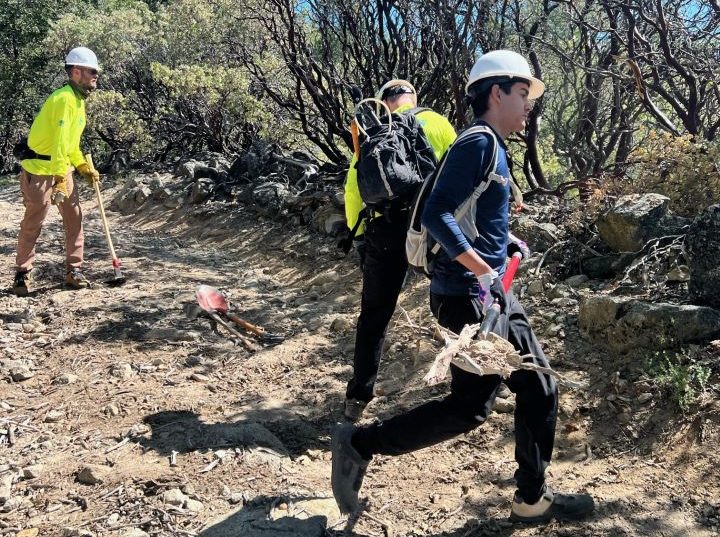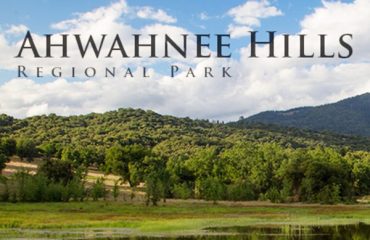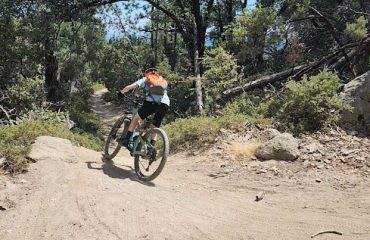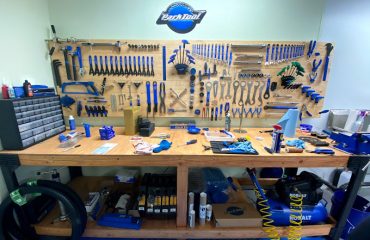Given all of the insane precipitation we have received over the last three months, a great trail work topic to discuss is how to prevent trail erosion mitigation. This is a huge topic, especially for me and the Pedal Forward team as avid mountain bikers who want to protect and maintain the trails we love to ride. With so many many ways to prevent trail erosion, we’ve assembled a list of 7 Drain-Building Tips to guide you on how to build drains to move flowing water off the trail to effectively prevent trail erosion. Here are five things to keep in mind when building a drain.
7 Drain-Building Tips to Prevent Trail Erosion
- A drain helps to divert water off a trail to minimize erosion and ruts. Water will take the path of least resistance, so a drain is essentially an attempt to create that path. It is often a strategically placed mound of dirt or ditch that crosses a trail.
- As water flows down a trail and hits the drain, it should hit the drain at about a 45-degree angle. A 90-degree angle (perpendicular to the trail) is too abrupt.
- Water has to be able to actually flow off the trail. Thus the drain should be placed where there is at least a 15-degree out slope.
- A drain should fan out more and more as it exits the trail, creating plenty of room for sediment, leaves, sticks, and so forth to collect over time. This organic matter will need to be cleared from time to time. At least twice a year, but more so according to the weather. Heavy rain? Clear those drains ahead of time.
- Imagine water flowing down a trail during a rainstorm. Will the current drain adequately capture that water and divert it off the trail, or is water likely to simply flow over the drain and keep going? If you have just built a new drain, it probably needs to be wider.
- The frequency of drains is influenced by the grade of the slope. Consider a drain every 10 feet of elevation change (NOT every 10 feet of the trail!). Try to place drains above important features to reduce water’s effects.
- It is a LOT easier to keep drains clear and maintained than to fix ruts.
The above tips were adapted from the Pisah Conservancy.
Be sure to join your local trail cooperative and get involved in trail maintenance and building. Rember the old mountain biker adage:






